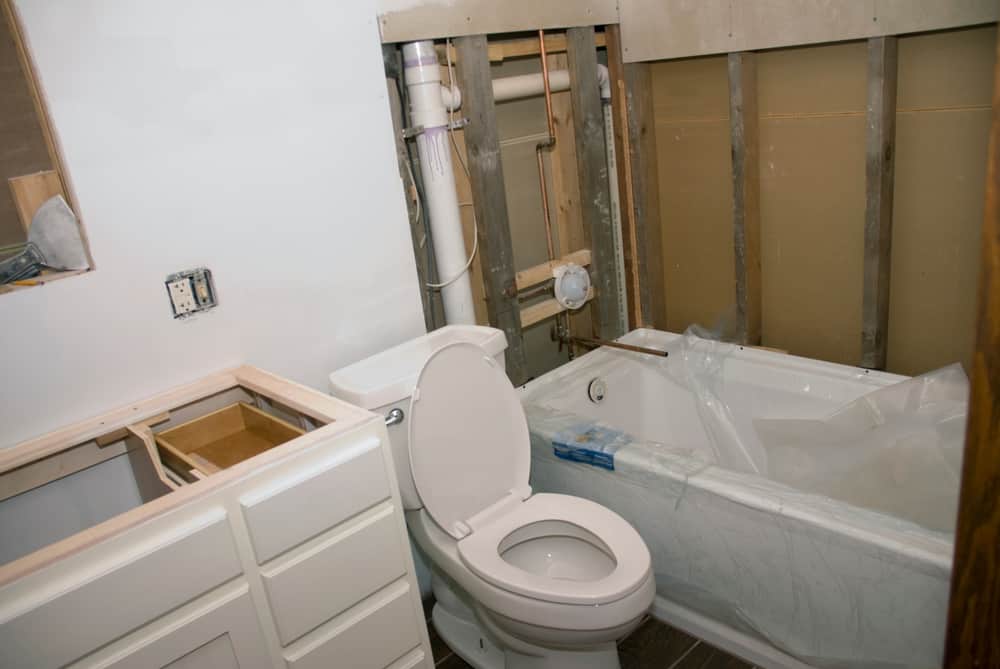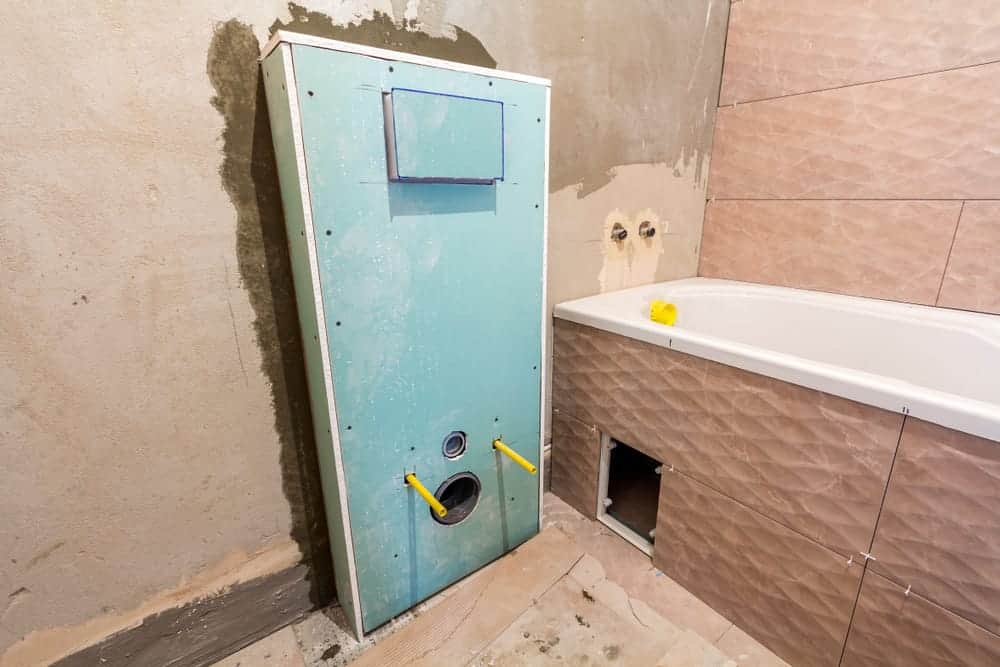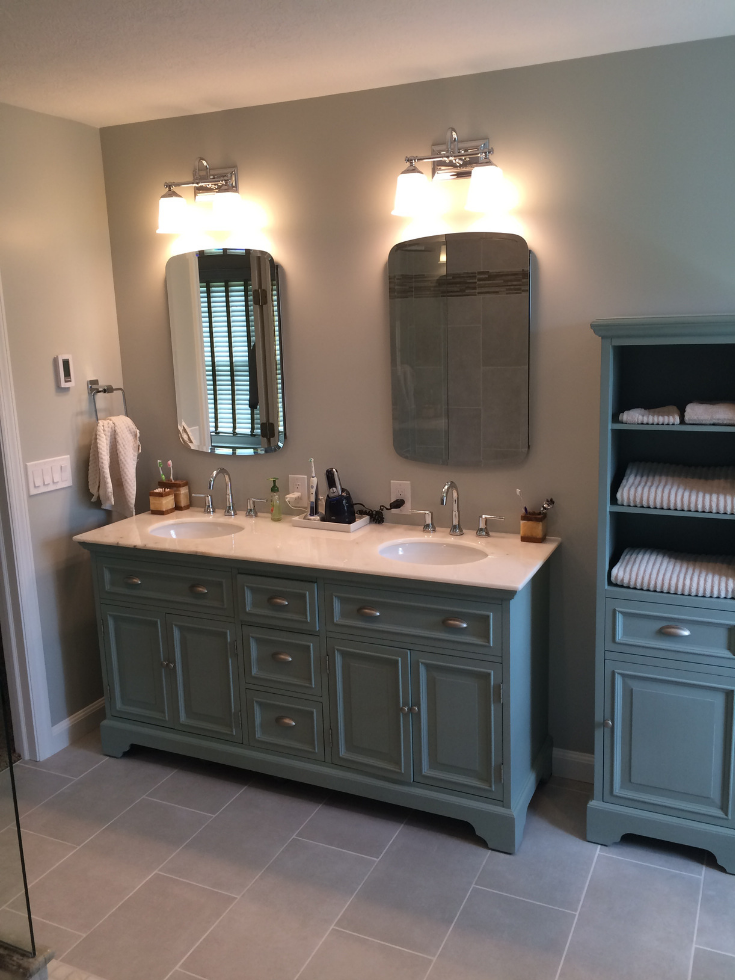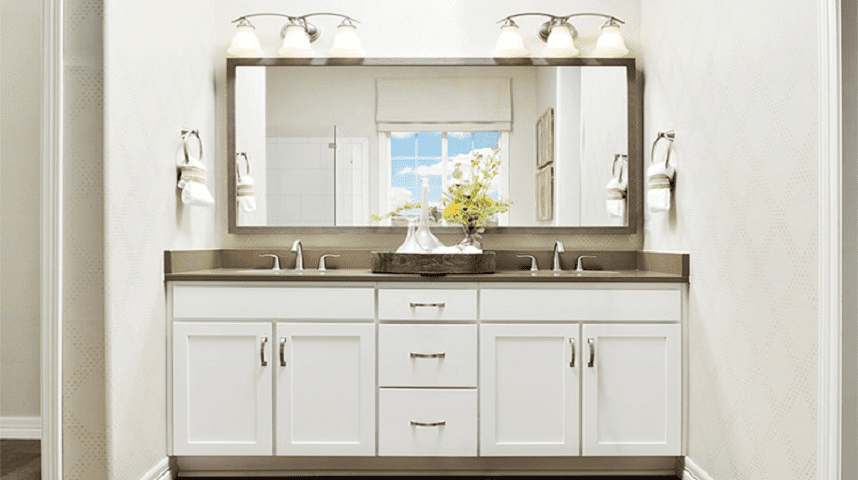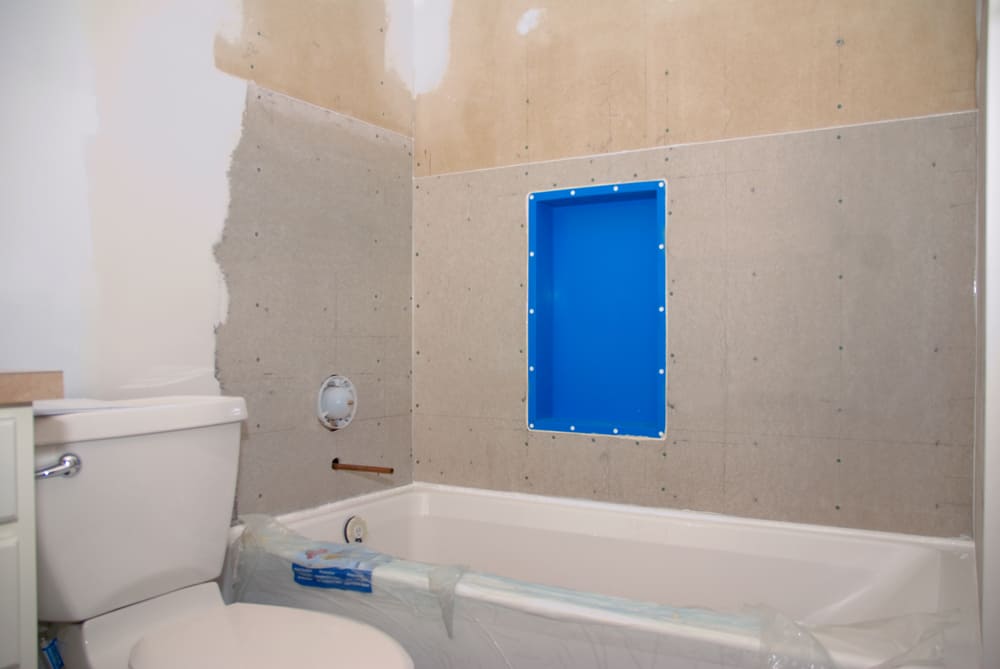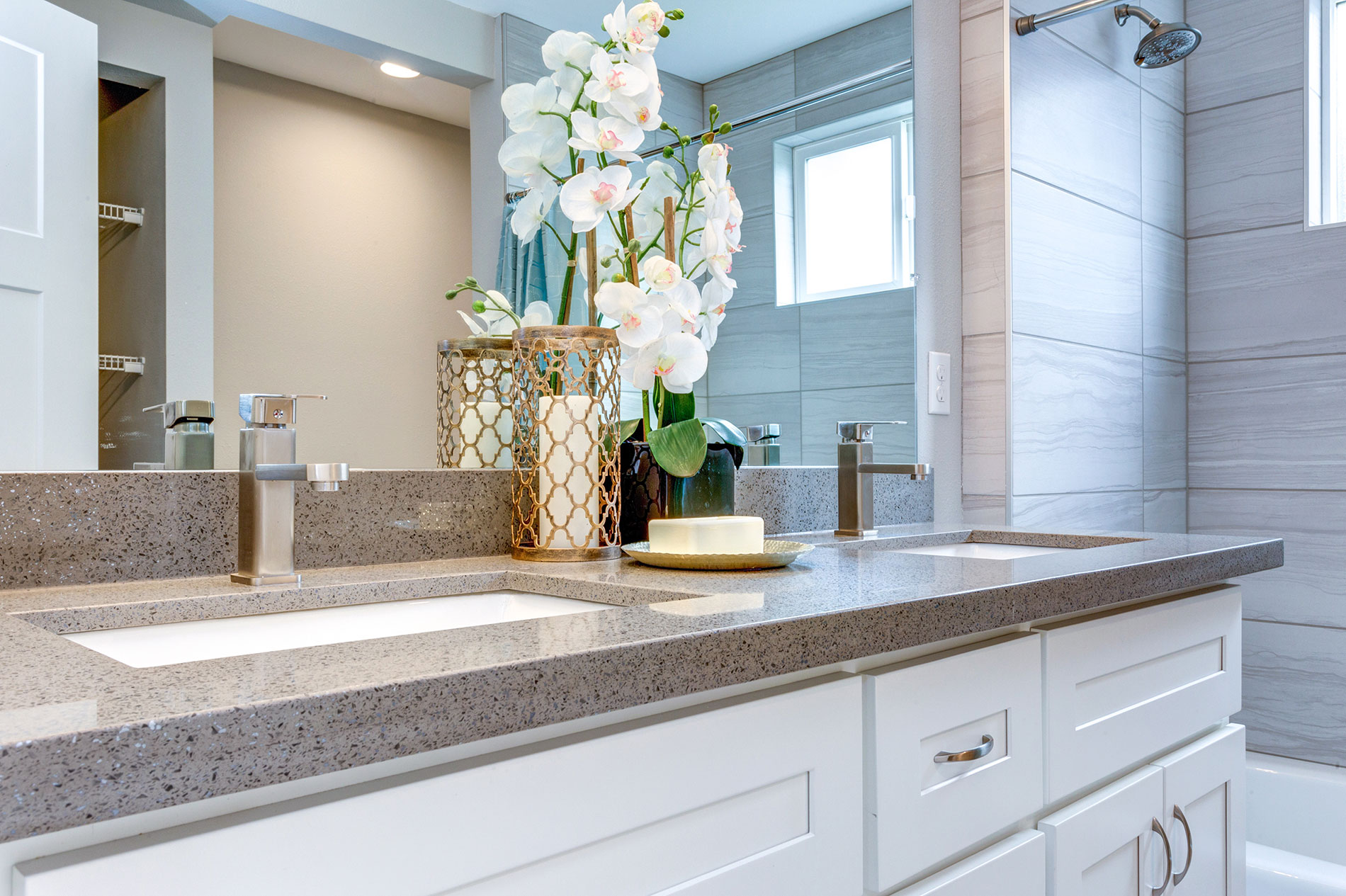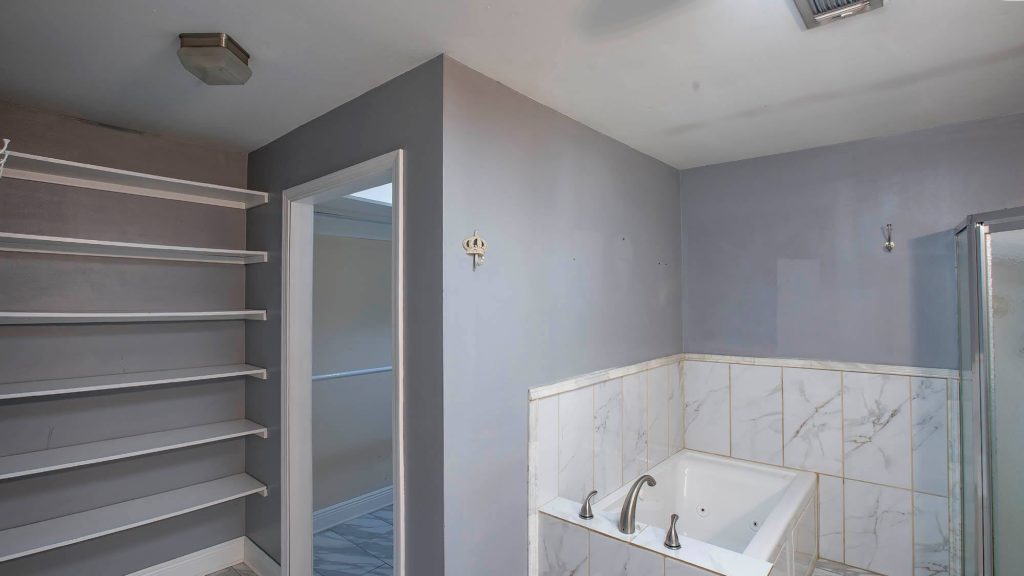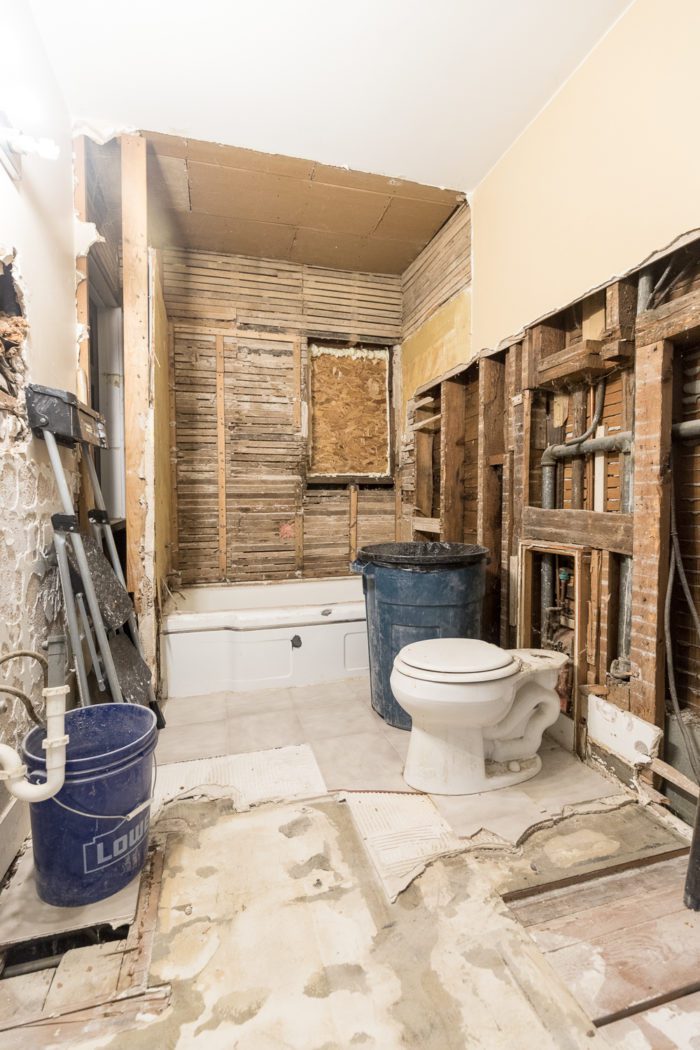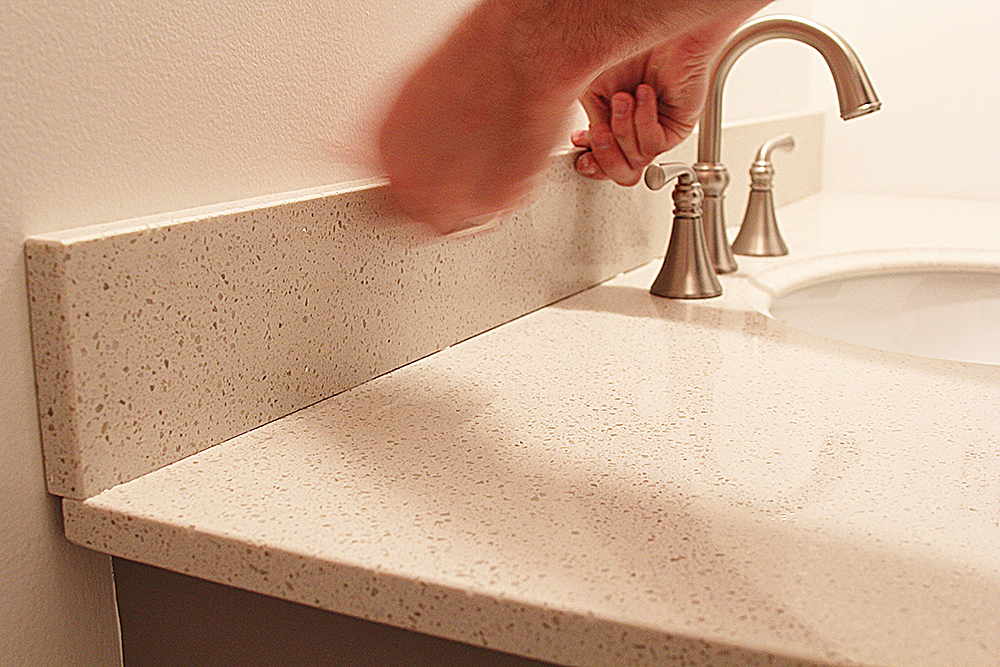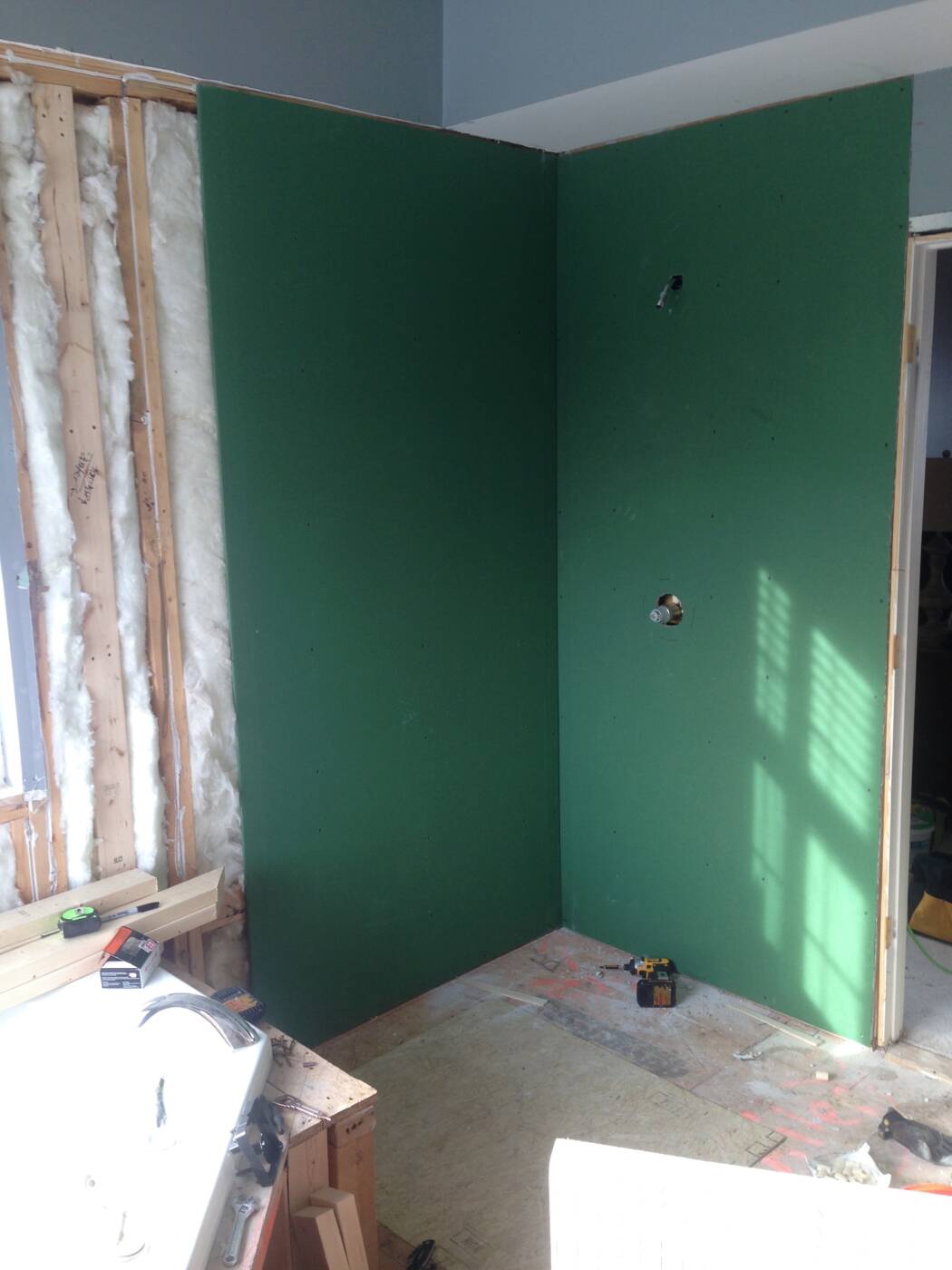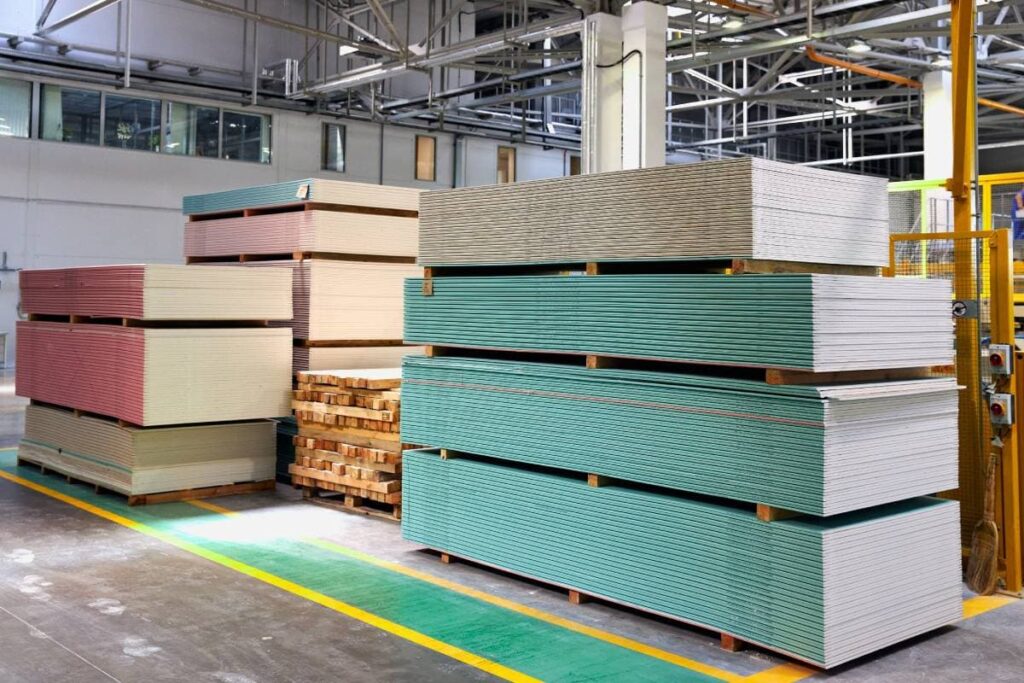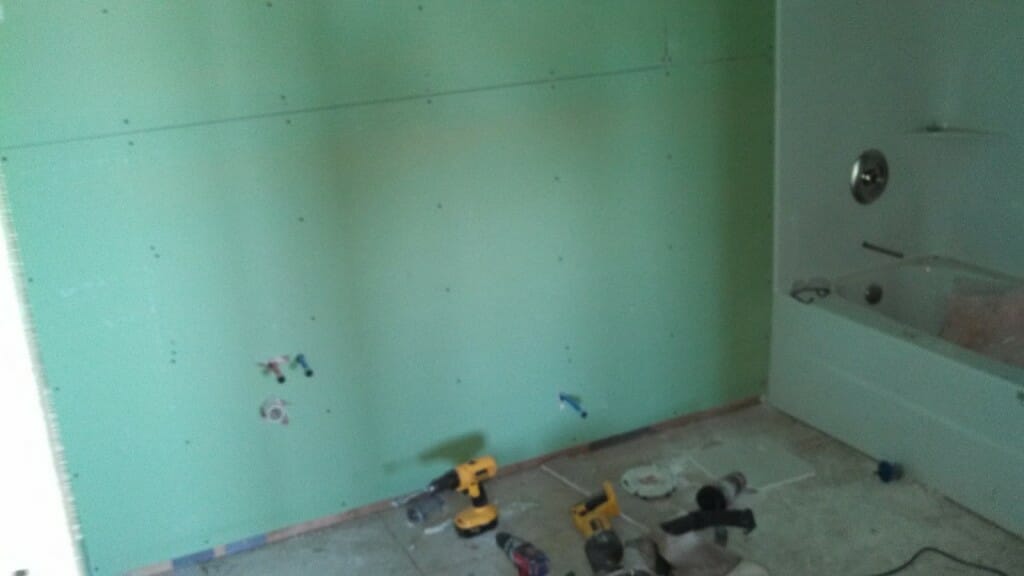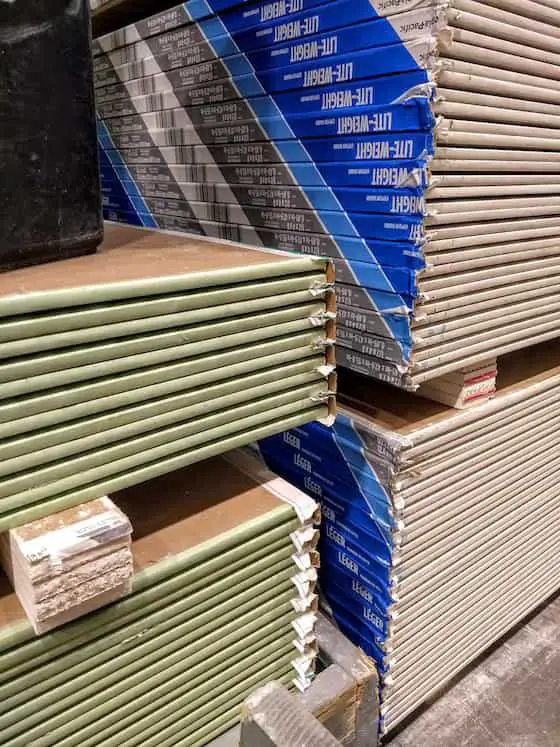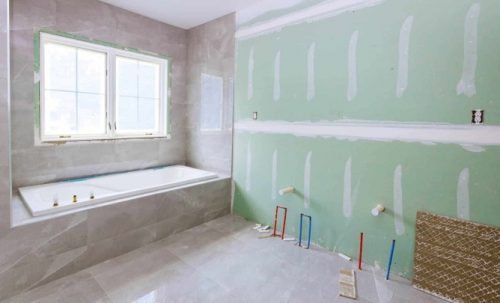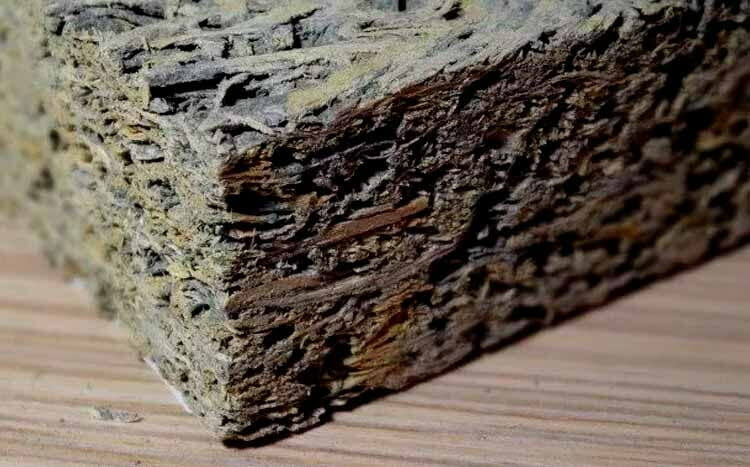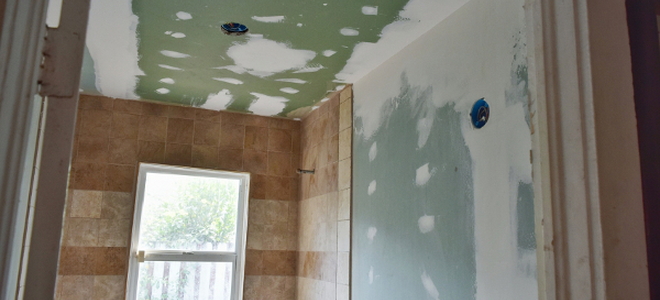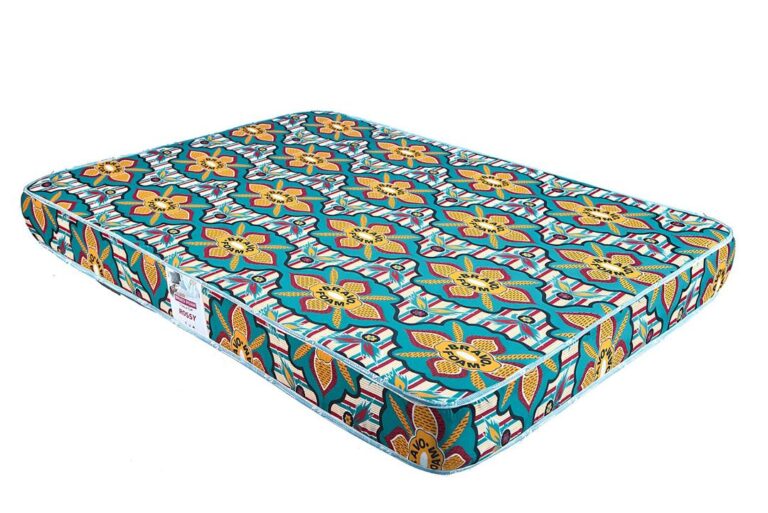When it comes to renovating your bathroom, choosing the right materials is crucial. This is especially true for areas that are prone to moisture, such as around a bathroom vanity. The type of drywall you use can make all the difference in the longevity and appearance of your vanity. In this article, we will discuss the top 10 main types of drywall that are best suited for a bathroom vanity.What Kind of Drywall is Best for a Bathroom Vanity?
Before we dive into the specific types of drywall, it's important to understand the general qualities that make a drywall suitable for a bathroom vanity. The first and most important factor is its ability to withstand moisture. Bathrooms are high humidity areas and it's not uncommon for water to splash onto the walls around the vanity. As such, the drywall needs to be able to resist moisture and prevent mold and mildew growth.What Type of Drywall Should I Use Around a Bathroom Vanity?
Now that we know what to look for, let's take a closer look at the different types of drywall that are best for a bathroom vanity.Choosing the Right Drywall for Your Bathroom Vanity
Mold and Moisture-Resistant Drywall: This type of drywall is specifically designed for areas that are prone to moisture, making it ideal for use in bathrooms. It has a special coating that helps to prevent water and mold from seeping into the drywall. However, it's important to note that this type of drywall is not completely waterproof, so it's still important to keep the area around your vanity dry. Fiberglass-Faced Drywall: Another great option for a bathroom vanity is fiberglass-faced drywall. This type of drywall is made with a layer of fiberglass on the surface, which provides extra protection against moisture. It's also more resistant to mold and mildew than traditional drywall. Cement Board: If you're looking for a more heavy-duty option, cement board may be the way to go. Made from a mixture of cement and fiberglass, this type of drywall is extremely durable and resistant to moisture. However, it's important to note that cement board is heavier and more difficult to install, so it may not be the best choice for DIY projects. Greenboard: Also known as water resistant drywall, greenboard is a type of drywall that has a green tint due to its moisture-resistant properties. While it's not as effective as mold and moisture-resistant drywall, it's still a good option for areas like bathroom vanities where there may be occasional water splashes. Paperless Drywall: As the name suggests, this type of drywall does not have a paper facing and is instead made with a fiberglass mesh. This makes it highly resistant to moisture and mold, making it a great option for a bathroom vanity.Best Drywall Options for a Bathroom Vanity
While all of the above options are suitable for a bathroom vanity, the best choice will depend on your specific needs and preferences. If you live in a particularly humid area or have had issues with mold and mildew in the past, opting for a mold and moisture-resistant drywall is recommended. However, if you're on a budget or have a smaller vanity area, paperless drywall may be a more cost-effective option.What is the Recommended Drywall for a Bathroom Vanity?
Aside from the type of drywall, it's also important to consider the materials used to make the drywall. Some drywall materials, such as gypsum and paper, are more susceptible to mold and mildew growth, while others, like fiberglass and cement, are more resistant. It's always a good idea to do some research on the specific materials used in the drywall you are considering to ensure they will hold up well in a high humidity environment.Drywall Materials for a Bathroom Vanity
Installing drywall around a bathroom vanity may seem like a daunting task, but with the right tools and techniques, it can be done by even beginner DIYers. Here are some basic steps to follow when installing drywall around a bathroom vanity: Step 1: Prepare the area. Before installing the drywall, make sure the area is clean and free of any debris. If necessary, remove any old drywall or wallpaper. Step 2: Measure and cut the drywall. Using a measuring tape, determine the dimensions of the area where the drywall will be installed. Then, using a utility knife, cut the drywall to fit the space. Don't forget to account for any holes for electrical outlets or plumbing. Step 3: Attach the drywall to the studs. Using drywall screws, attach the drywall to the studs in the wall. Make sure to leave a small gap between the drywall and the vanity for expansion and contraction. Step 4: Apply joint compound. Using a putty knife, apply joint compound to cover the seams between the pieces of drywall. Smooth out any excess and let dry completely. Step 5: Sand and paint. Once the joint compound is dry, sand it down to create a smooth surface. Then, prime and paint the drywall to match your bathroom's decor.How to Install Drywall Around a Bathroom Vanity
As we mentioned earlier, water-resistant drywall is a great option for a bathroom vanity. It's important to note that this type of drywall is not completely waterproof, so it's still important to wipe up any water splashes or spills around the vanity area. Additionally, it's a good idea to regularly check for any signs of moisture or mold and address them immediately to prevent any further damage.Water-Resistant Drywall for Bathroom Vanities
Similar to water-resistant drywall, moisture-resistant drywall is designed to withstand high levels of humidity. This type of drywall is ideal for bathroom vanities and other areas in the bathroom that are exposed to moisture. It's important to note that moisture-resistant drywall is different from mold-resistant drywall, so be sure to choose the right one for your needs.Moisture-Resistant Drywall for Bathroom Vanities
Both greenboard and cement board are popular options for bathroom vanity drywall. While greenboard is easier to install and more affordable, cement board offers superior durability and moisture resistance. Consider the size and location of your vanity, as well as your budget, to determine which option is best for your specific project. In conclusion, when choosing drywall for your bathroom vanity, it's important to prioritize moisture resistance and durability. With the right type of drywall and proper installation, your bathroom vanity will not only look great but also stand the test of time. So don't skimp on quality when it comes to your bathroom renovation and opt for one of these top 10 main types of drywall for your bathroom vanity.Greenboard vs. Cement Board for Bathroom Vanity Drywall
Why Choosing the Right Drywall for Your Bathroom Vanity is Important

The Importance of Quality Materials in House Design
 When it comes to building or renovating a house, one of the most important factors to consider is the choice of materials. This holds true for every room in the house, including the bathroom. As one of the most frequently used rooms in the house, the bathroom requires durable and moisture-resistant materials, especially around the vanity area where water is constantly present.
Drywall
is a popular choice for most interior walls, but not all types of drywall are suitable for use in the bathroom, particularly around the
vanity
. So, what kind of drywall should you use for your bathroom vanity?
When it comes to building or renovating a house, one of the most important factors to consider is the choice of materials. This holds true for every room in the house, including the bathroom. As one of the most frequently used rooms in the house, the bathroom requires durable and moisture-resistant materials, especially around the vanity area where water is constantly present.
Drywall
is a popular choice for most interior walls, but not all types of drywall are suitable for use in the bathroom, particularly around the
vanity
. So, what kind of drywall should you use for your bathroom vanity?
The Best Type of Drywall for Your Bathroom Vanity
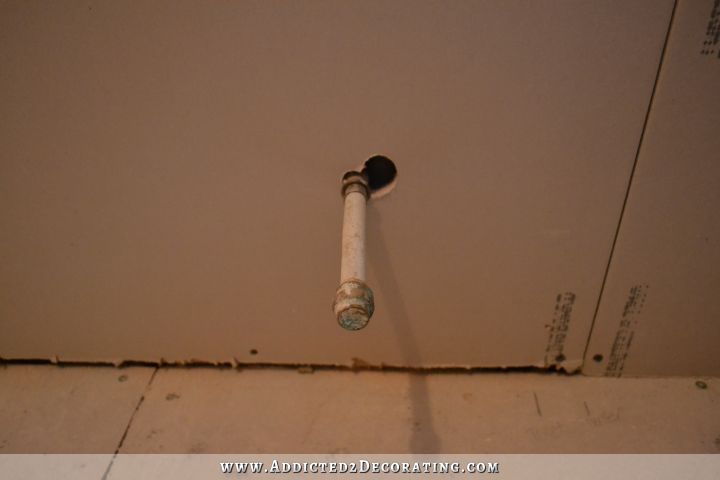 Not all drywall is created equal. When it comes to the bathroom, it is important to choose a type of drywall that is specifically designed to withstand moisture and humidity. This is where
green board
drywall comes in. Also known as moisture-resistant drywall, green board is made with a special type of paper that is treated to resist moisture. This makes it the ideal choice for use in bathrooms and other areas with high levels of humidity, such as kitchens and laundry rooms.
Not all drywall is created equal. When it comes to the bathroom, it is important to choose a type of drywall that is specifically designed to withstand moisture and humidity. This is where
green board
drywall comes in. Also known as moisture-resistant drywall, green board is made with a special type of paper that is treated to resist moisture. This makes it the ideal choice for use in bathrooms and other areas with high levels of humidity, such as kitchens and laundry rooms.
Why Green Board Drywall is Perfect for Your Bathroom Vanity
 The area around your bathroom vanity is constantly exposed to water from sinks, showers, and baths. This makes it prone to water damage, which can lead to the growth of mold and mildew. Green board drywall is designed to prevent this, as its moisture-resistant properties make it less susceptible to water damage. It also has a higher density than regular drywall, making it more durable and less likely to crack or break. Additionally, green board is easy to install, just like regular drywall, making it a convenient choice for any bathroom renovation project.
The area around your bathroom vanity is constantly exposed to water from sinks, showers, and baths. This makes it prone to water damage, which can lead to the growth of mold and mildew. Green board drywall is designed to prevent this, as its moisture-resistant properties make it less susceptible to water damage. It also has a higher density than regular drywall, making it more durable and less likely to crack or break. Additionally, green board is easy to install, just like regular drywall, making it a convenient choice for any bathroom renovation project.
The Bottom Line
 When it comes to choosing the right
drywall for your bathroom vanity
, green board is the way to go. Its moisture-resistant properties, durability, and ease of installation make it the perfect choice for any bathroom. Remember, quality materials are essential for a successful house design, and the bathroom is no exception. So, make sure to invest in the right type of drywall for your bathroom vanity to ensure a long-lasting and beautiful bathroom for years to come.
When it comes to choosing the right
drywall for your bathroom vanity
, green board is the way to go. Its moisture-resistant properties, durability, and ease of installation make it the perfect choice for any bathroom. Remember, quality materials are essential for a successful house design, and the bathroom is no exception. So, make sure to invest in the right type of drywall for your bathroom vanity to ensure a long-lasting and beautiful bathroom for years to come.





